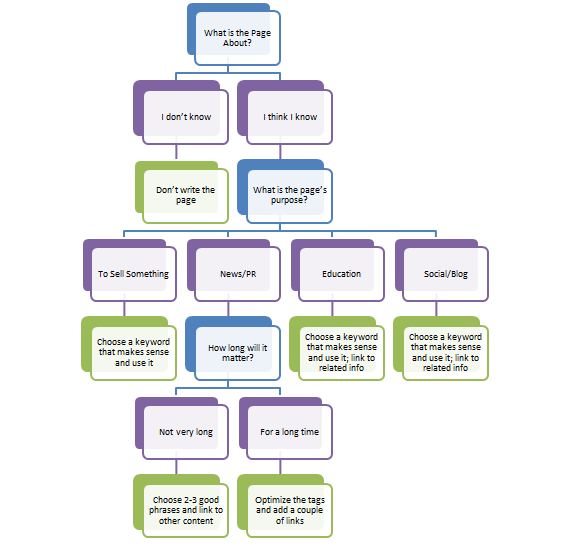Longtail SEO is beginning to become the dominant method for article marketers to be successful in the results pages, as well as strengthening brand visibility and awareness. It is the most effective method for most marketers.
In the past, the problem for many has been deciding whether to invest energy, time and money into marketing a single primary keyword, which might receive a high volume of searches every month, or possibly to focus on a longtail keyphrase. The longtail keyphrase might only get a small amount of search queries every month, but it allows for the business to achieve the top ranking, which receives the most traffic.
Trying to focus on a single keyword puts you at a disadvantage. It may get queried more than your longtail phrase, but it will be such a crowded market, you would be lucky to get on the third page or results. When most traffic goes to the very first result, being on the third page isn’t going to get you many visitors.
Longtail phrases on the other hand put you in a much higher ranking on SERPs for less popular related queries, which will net you more traffic overall. As Justin Arnold, writer for The Mightier Pen, puts it, you have to choose between theoretical popularity, and actual sales traffic.
Choosing a longtail phrase is much too big of a subject to cover here, but the main idea is to think about claiming a corner of the market. People are searching for more specific queries, so marketing a longtail phrase for your specific area of the market puts you in a good place to actually get some sales.






